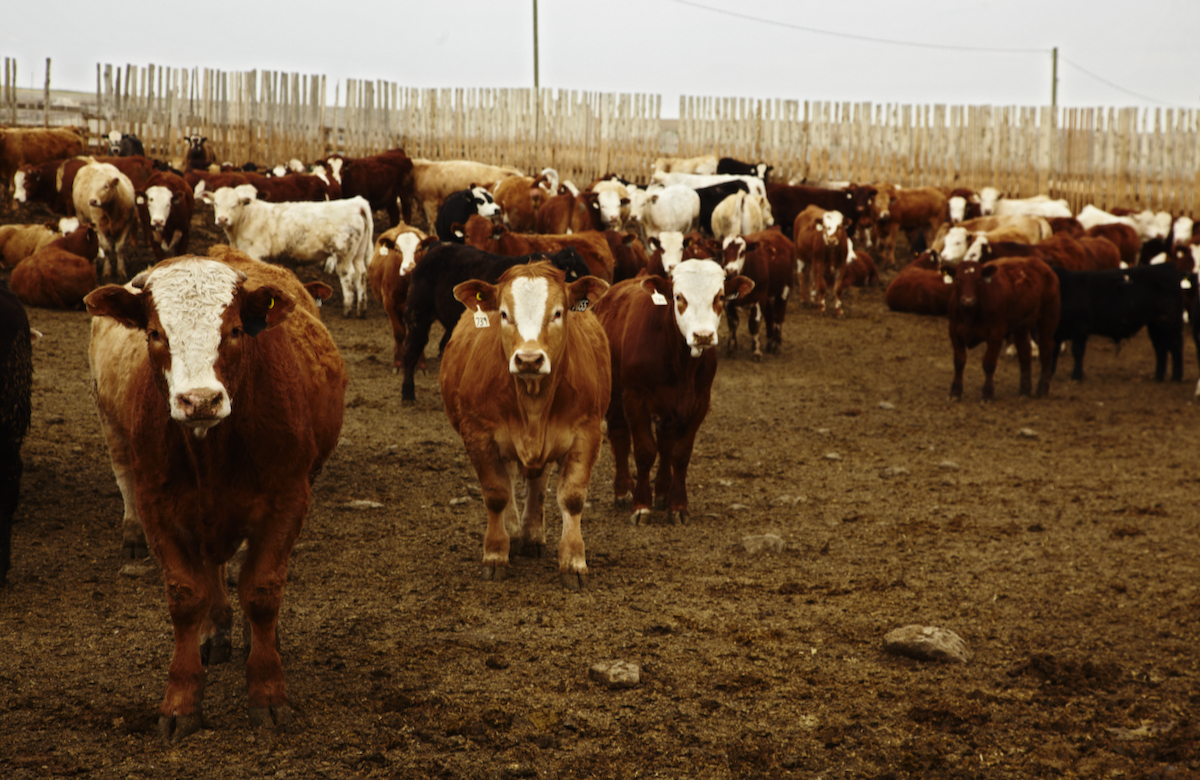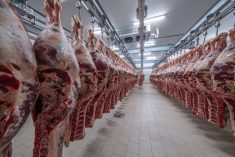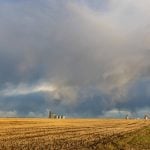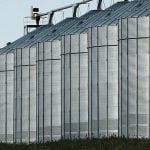Environmental biologists at the University of Guelph say wastes from farming are the main source of E. coli contaminating a well-known recreational region of Lake Huron.
Biology professor Jack Trevors said Thursday that his study, co-authored with colleague Hung Lee and researchers from the Ontario environment ministry, shows “almost two-thirds” of the bacteria studied the southeastern Lake Huron site came from livestock waste.
The team compiled DNA samples from potential E. coli sources and compared those against samples taken in 2005 and 2006 from Lake Huron and the creeks and rivers feeding it.
Read Also

U.S. livestock: Cattle at fresh highs, hogs weaken
Cattle futures on the Chicago Mercantile Exchange climbed to fresh highs on Tuesday, as tight supplies and the ongoing closure…
Livestock accounted for between 59 and 62 per cent of E. coli entering the lake, Trevors said, while the balance came from wildlife, human waste and unknown sources. Human sewage, he said, accounted for one to three per cent.
The university said in a release Thursday that this marks the first report to show how much bacterial pollution comes from different sources between Goderich and Kincardine.
It’s useful, Trevors said, to quantify how much bacterial pollution might come from different sources.
“If you don’t know where it’s coming from, it’s difficult to mitigate the problem and protect recreational water,” he said. “If you know where it’s coming from, you can try to implement management solutions to deal with it.
“We know agriculture is important to Ontario,” said Trevors. “We’re using scientific tools to learn about the environment and how to sustain and improve our water resources.”















